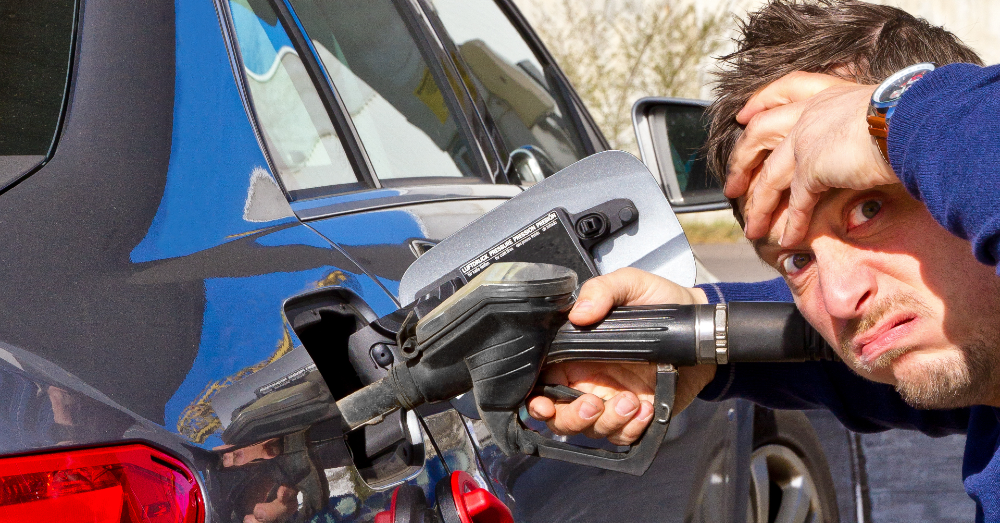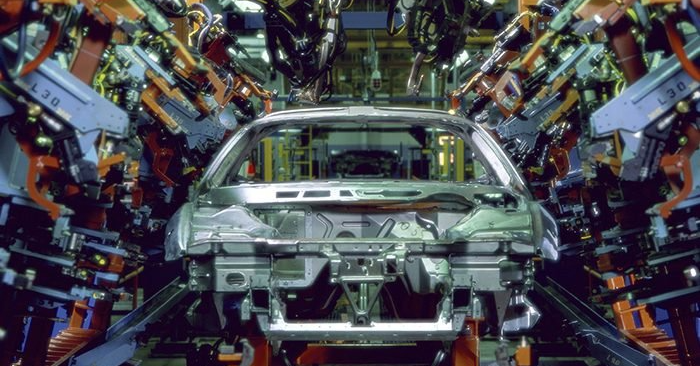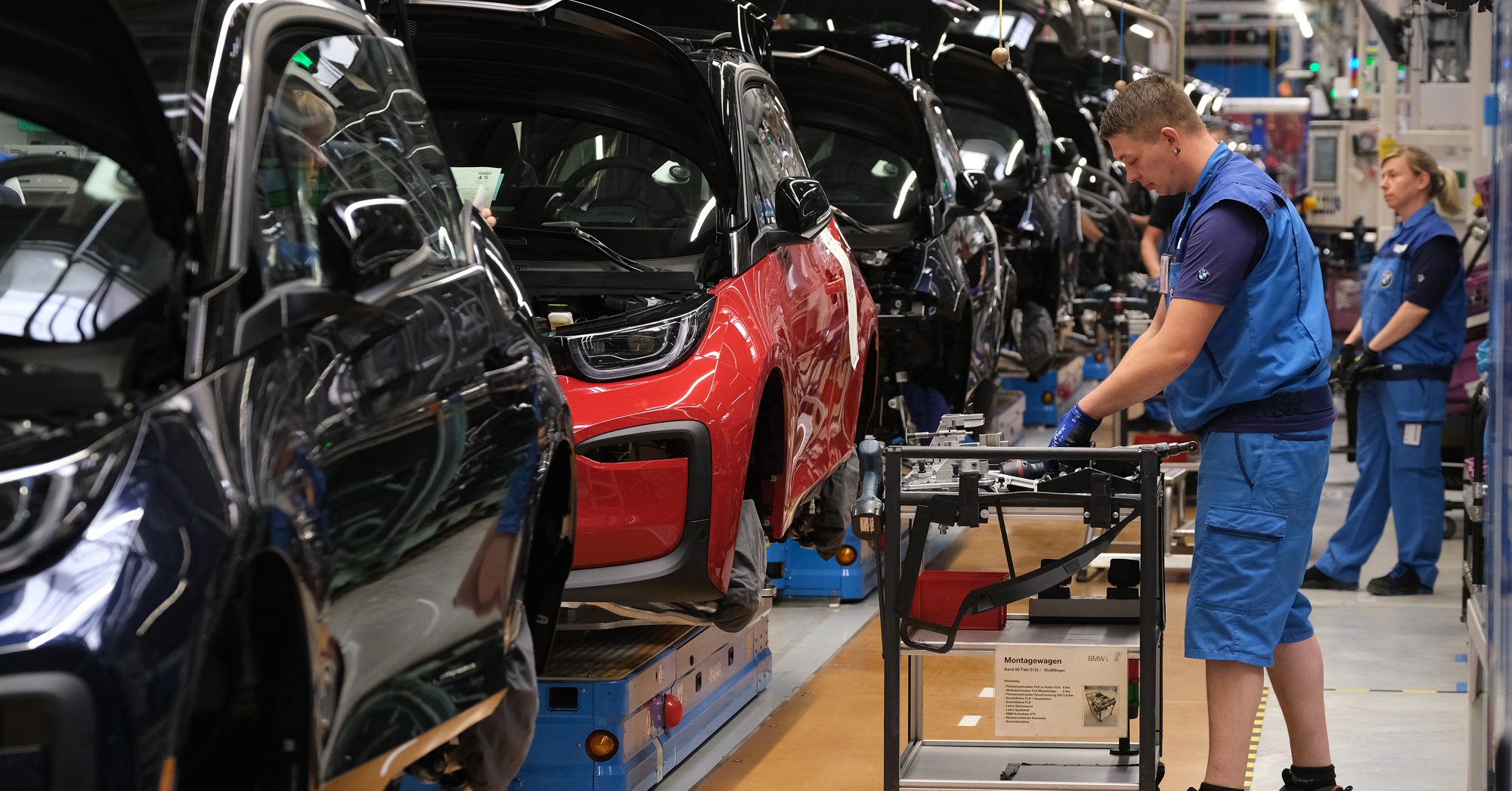
Are the Government-Initiated Fuel Efficiency Increases Too Bold?
Is there going to be a breaking point regarding fuel efficiency? The current Presidential administration has the most aggressive approach yet.
If automakers can meet the annual increases in fuel mileage standards, the entire fleet of vehicles on the road in 2026 will average 49 mpg. This is a highly aggressive approach and one that might have opposition, especially considering the short timeframe for such a change. Of course, many automakers are already working toward increasing efficiency with more hybrid and electric vehicles than ever before. Can we see these new numbers in such a short time?
The New Standard is Somewhat Progressive
Instead of simply jumping into a 49 mpg average by 2026, the increase is a little more gradual at first. Starting in 2024, an eight percent increase in efficiency is required annually. The 2026 model year changes this to a ten percent increase across the board. This increased average fuel mileage accounts for gas-guzzling big-engine trucks and cars while also accounting for electric vehicles requiring no gasoline. The NHTSA predicts an average savings per consumer of $1,387 over the lifetime of cars starting in 2029.
America Will Use Less Gas by 2030
It’s not been any secret that the current President supports a movement toward EVs and away from gas and diesel-powered vehicles. If automakers can achieve the targets set by the President, gas consumption in the United States will be cut by more than 200 billion gallons by 2050. The cost of consumer fuel should reduce by nearly $192 billion for new vehicles sold through 2030. Even though many numbers sound great, we should consider the cause and effect of some of these actions.
Will Better Fuel Economy Lead to Higher Gas Prices?
We already see the impact of world events on gas prices, but will vehicles with higher fuel efficiency ratings also cause gas prices to increase? If the average consumer doesn’t have to stop as often for fuel because they now have a hybrid vehicle, or at least one that’s much more efficient, will gas companies increase prices? Considering these companies tend to raise prices when anything happens globally, they will work to recover much of this lost revenue, which means increasing the cost of fuel for those still driving vehicles that require gas.
Could the Electric Grid Be Taxed too Much?
The current goal set by the President is to have 50 percent or more of the vehicles solid in the United States be electric models by 2030. This requires many electric charging stations, more home chargers, and much more electricity produced. Most of us receive electricity from coal-burning plants, water-powered facilities, or a few nuclear power plants. Do we have a large enough electric grid to handle the increased load? Will electric companies increase prices because of higher usage, thereby reducing the savings on gas to spending on electricity?
Biden is More Aggressive Than His Predecessors
While many might argue that President Joe Biden isn’t nearly as aggressive as President Trump or President Obama, when it comes to improving the fuel efficiency of America, he certainly is. Under Trump, the increase in annual efficiency was 1.5 percent, while this increase was five percent under Obama. If automakers have achieved these goals, wouldn’t that number decrease over time? Isn’t there a limit to how efficient vehicles can be? Eventually, we could see a world where gasoline isn’t used, and every car is powered only by electricity.
The 50 Percent Goal is Nonbinding
Even though the increases in efficiency are binding, the goal to sell at least 50 percent EVs by 2030 is not. Nearly every automaker is working toward reaching this goal, with more efficient models being built every year. We’ve seen many electrification plans, which give us more EVs in the lineup from some of the brands we know. Many luxury automakers are moving to a strictly electric lineup, with 2030 as the target to reach this goal. The EV goal is a possibility and something that many automakers might achieve.
More EV Charging Stations Are Needed
To improve fuel efficiency and push harder toward electric vehicles on the road, more EV charging stations are required. We are a country that loves to drive, and road trips are still one of the most popular ways to take a vacation or visit relatives. Current electric vehicles don’t offer fast enough charging times to allow road trips, but with more stations along the route, this could be possible for many drivers that make the change to electric vehicles. Additional charging stations are already part of the plan.
Responding to Higher Prices at the Pump
The movement toward EVs is a long-term solution, but many Americans need a short-term fix to the higher gas prices at the pump. The Presidential ban on imports of Russian oil, natural gas, and coal was supported by Democrats and Republicans in Congress, but this didn’t help the gas price at the pump. So far, the President has created a plan to increase oil supplies by encouraging domestic production. He is also asking Congress to pass clean-energy legislation to support a more energy-independent nation.
What Happens if an Automaker Doesn’t Meet the Fuel Efficiency Requirements?
The NHTSA instituted higher penalties for automakers that do not comply with the new fuel mileage standards. These numbers backdate to 2019 and more than double from $5.50 to $14.00 per every tenth of a mile per gallon out of compliance. This number is multiplied by the vehicles from the automaker. Starting in 2022, the fine increases to $15.00. This could lead to an additional $1 billion in compliance costs across the auto industry. This increase in penalties shows that the NHTSA and the current Presidential administration mean business regarding increased fuel mileage for all vehicles on American roadways.
This post may contain affiliate links. Meaning a commission is given should you decide to make a purchase through these links, at no cost to you. All products shown are researched and tested to give an accurate review for you.



